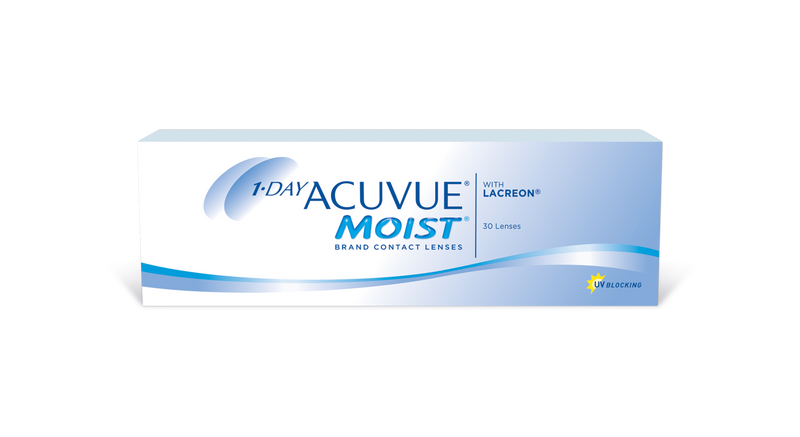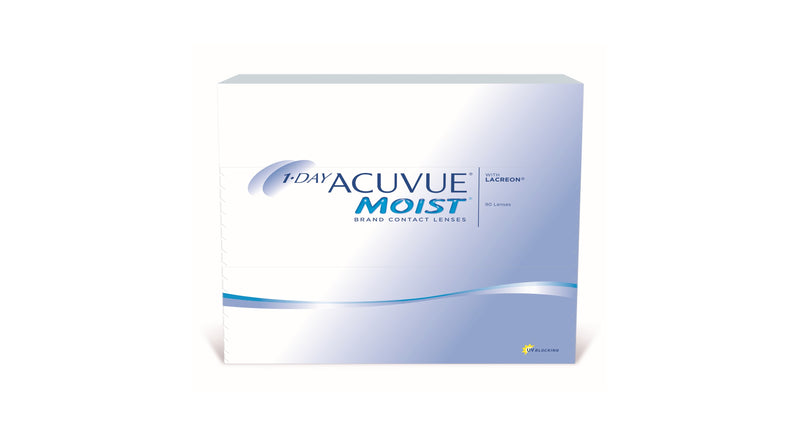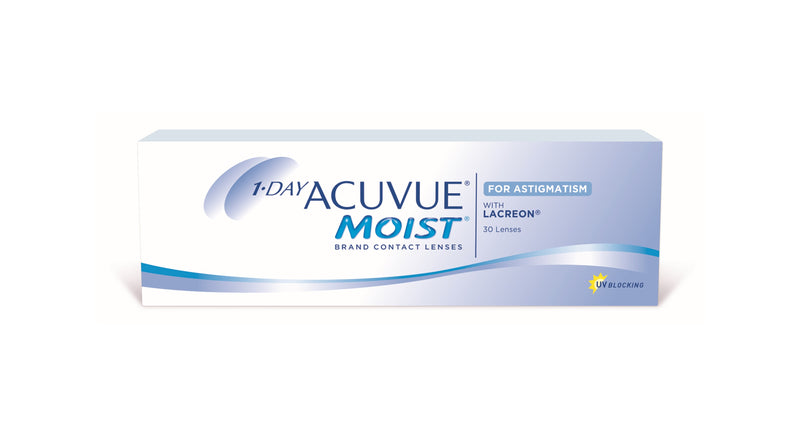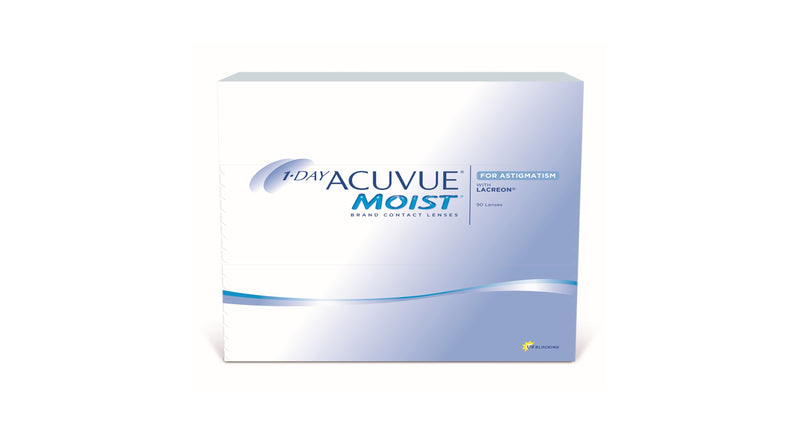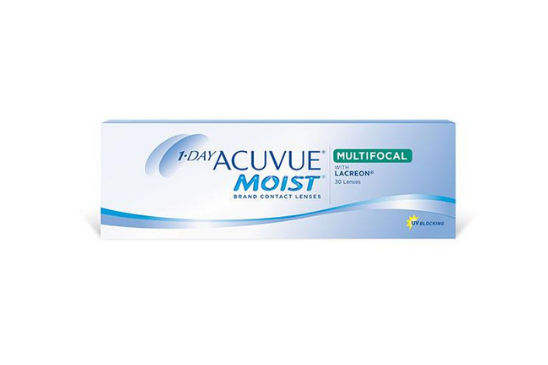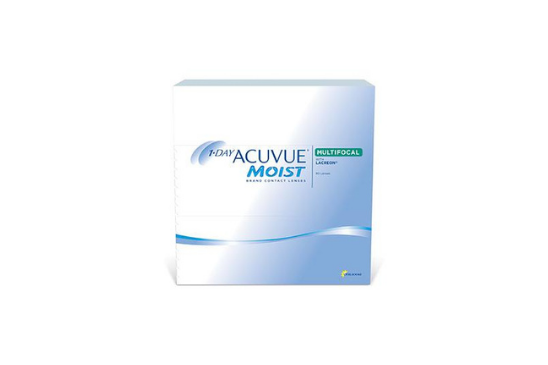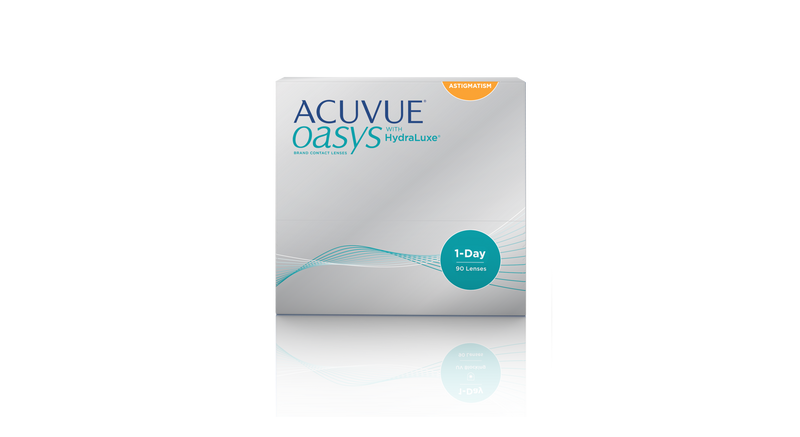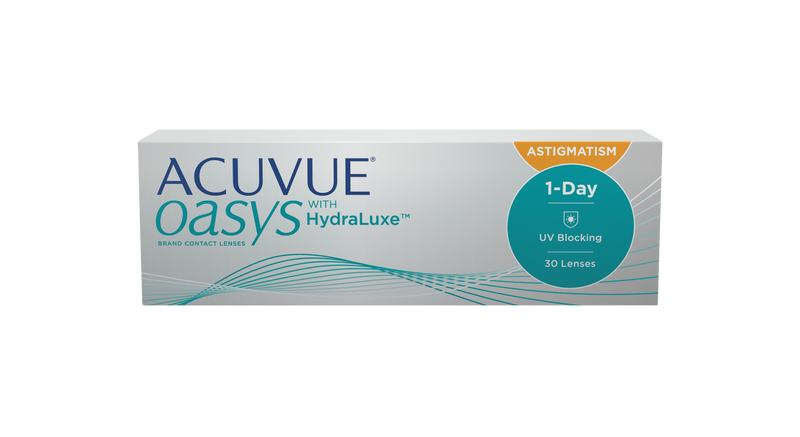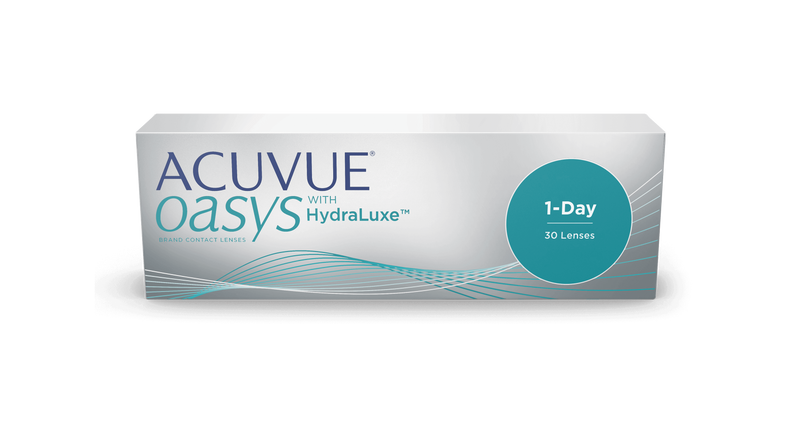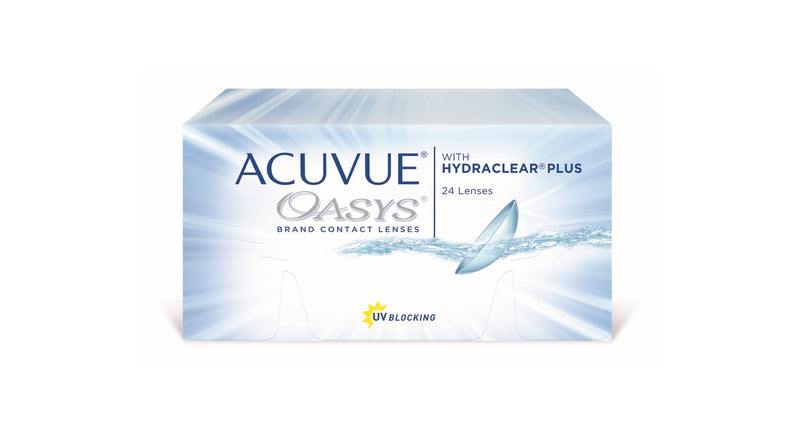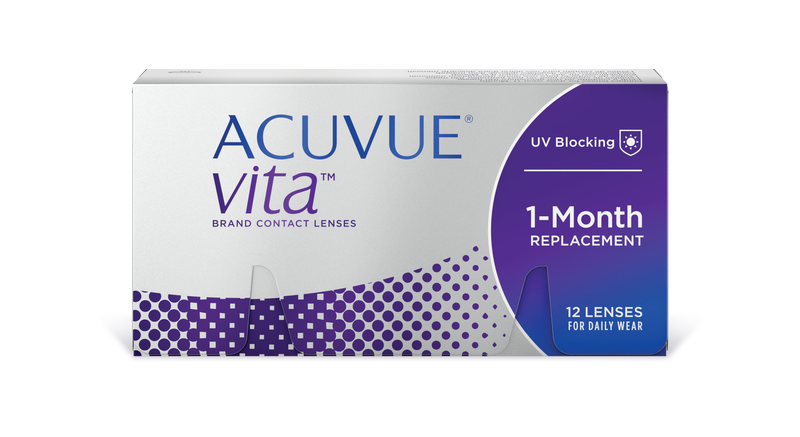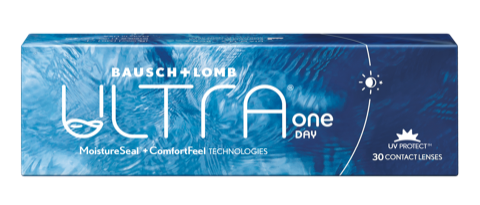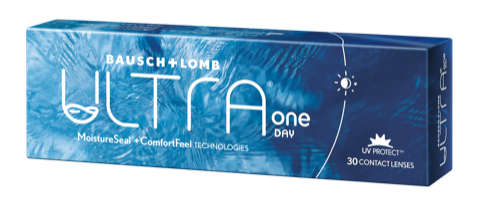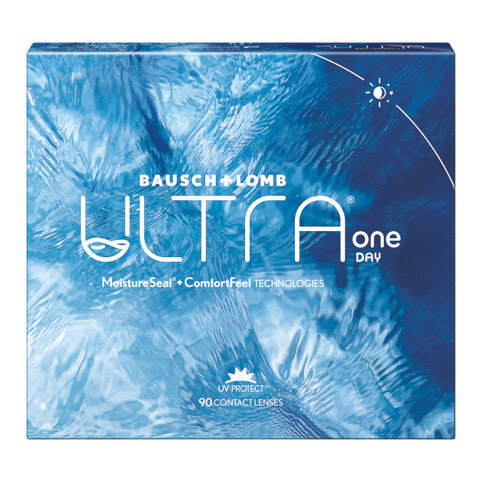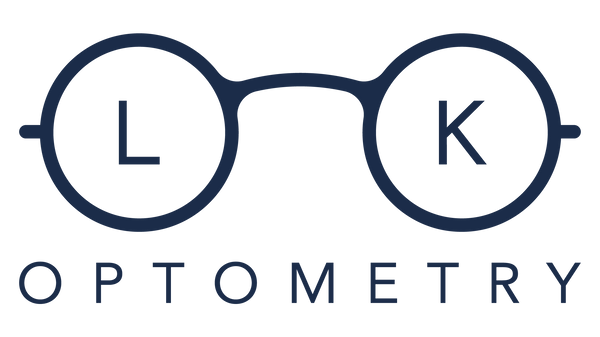
Latest Advances in Dry Eye Treatment: What You Need to Know
Share
In the bustling communities of Surrey, BC, where our vibrant lives often lead us to overlook our health, dry eye syndrome emerges as a silently prevalent condition affecting many. At Look Optometry, with our deeply rooted presence in Newton and Guilford, we understand the impact this condition can have on your daily life—from the discomfort of staring at computer screens to the irritation caused by our fluctuating Pacific Northwest climate. As a leader in eye care within our community, we're committed to not just addressing these symptoms but to advancing how we combat them.
The landscape of dry eye treatment is evolving rapidly, with groundbreaking advancements promising more effective relief and improved quality of life for sufferers. Whether you've been navigating the challenges of dry eye for years or have recently started to notice symptoms, staying informed about the latest treatment options is crucial. In this blog, we'll delve into the most recent breakthroughs in dry eye treatment—exploring everything from innovative medications to cutting-edge technologies that are setting new standards in eye care.
Our goal at Look Optometry is to arm you with knowledge and offer the most advanced treatment options right here in Surrey. Let's explore together what these latest advances mean for you and how they can transform your eye health journey.
Revolutionizing Dry Eye Treatment: A New Era of Therapeutic Innovations
The field of dry eye management has seen significant advances in recent years, notably through the introduction of innovative treatments that address previously unmet needs.

One such development is the FDA's approval of perfluorohexyloctane ophthalmic solution (Meibo, Bausch + Lomb) for its effectiveness in treating signs and symptoms of dry eye disease, particularly by targeting tear evaporation. Another noteworthy approval is for lotilaner ophthalmic solution 0.25% (Xdemvy, Tarsus Pharmaceuticals), an antiparasitic agent aimed at treating Demodex blepharitis by targeting specific parasite channels, highlighting the progress in addressing the multifactorial aspects of dry eye.
These treatments represent a shift towards more diversified and targeted approaches, embracing the complexity of dry eye disease and offering hope for patients seeking relief.
Tailoring Dry Eye Treatment: The Importance of Personalized Care
In an era of advanced eye care, the treatment of dry eye syndrome is increasingly personalized, reflecting the unique needs and conditions of each patient. Personalized care involves a comprehensive evaluation of the patient's symptoms, lifestyle factors, and environmental influences, alongside advanced diagnostic tests.

This approach allows eye care professionals to design treatment plans that are more targeted and effective, enhancing patient outcomes. By considering individual variations in dry eye causes and manifestations, treatments can range from lifestyle adjustments and dietary supplements to specific medical interventions, ensuring a more nuanced and effective management of dry eye syndrome.
Navigating Treatment Options: From Diagnosis to Recovery
The journey from diagnosing dry eye syndrome to full recovery is multifaceted, involving a series of steps tailored to each patient's unique condition. Initially, a comprehensive eye examination is crucial for an accurate diagnosis, which may utilize advanced diagnostic tools to assess the severity and type of dry eye.
Following diagnosis, a detailed discussion between the patient and eye care professional helps in selecting the most appropriate treatment strategy, considering factors like lifestyle, severity of symptoms, and underlying causes. Treatment plans can range from simple lifestyle adjustments and over-the-counter products to prescription medications and advanced procedural interventions. Regular follow-ups are essential to monitor progress and adjust treatments as needed, ensuring a path towards optimal eye health and comfort.

Embracing Lifestyle Adjustments and Home Remedies for Dry Eye Relief
To mitigate the discomfort of dry eye, integrating simple lifestyle changes and home remedies into your daily routine can be remarkably effective. Taking frequent breaks to rest your eyes during prolonged screen usage, utilizing humidifiers to maintain indoor air moisture, and adhering to good eyelid hygiene practices can significantly alleviate symptoms. Moreover, donning sunglasses while outdoors shields your eyes from wind and debris, preserving essential moisture levels.
Nutritional Approaches and Supplements for Dry Eye Management
Incorporating foods high in omega-3 fatty acids, found abundantly in fish, flaxseeds, and walnuts, can bolster eye health and combat dry eye syndrome. Opting for supplements like fish oil and flaxseed oil further enhances this approach by diminishing ocular surface inflammation. This natural strategy not only supports overall well-being but also offers a proactive measure against dry eye symptoms.
Mitigating Dry Eye through Environmental Awareness
The role of environmental factors in exacerbating dry eye symptoms cannot be overstated. Shielding your eyes from adverse conditions such as dryness, wind, or smoke, coupled with using humidifiers to enrich indoor air with moisture, can significantly lessen the impact of these external stressors. By staying vigilant and adaptable, you can effectively minimize the occurrence of symptom flare-ups.
Breakthroughs in Dry Eye Diagnostics
The advent of cutting-edge diagnostic tools has revolutionized the accuracy with which dry eye syndrome is identified and evaluated. Through advanced imaging of the meibomian glands and comprehensive tear film analysis, eye care professionals can now gain in-depth insights into the severity and root causes of the condition. This progress allows for the development of customized treatment plans, significantly improving patient outcomes.
Fostering Patient Empowerment with Education and Self-Care
Empowering patients with knowledge about dry eye syndrome and its management is essential. By understanding the criticality of adhering to prescribed treatments and recognizing the triggers that exacerbate symptoms, patients are better equipped to actively participate in their care. This empowerment through education encourages a more proactive approach to health and wellness.
Conclusion:
In conclusion, as we navigate the complex landscape of dry eye treatment, it's evident that the future holds promising advancements for those affected by this condition. At Look Optometry in Surrey, BC, we're at the forefront of these innovations, offering our community access to the latest in medical treatments and personalized care strategies. From the introduction of groundbreaking medications to the utilization of advanced diagnostic tools and the emphasis on patient education and lifestyle adjustments, we are committed to enhancing the quality of life for individuals suffering from dry eye syndrome.
As we embrace these therapeutic innovations, it's crucial for patients and healthcare professionals alike to stay informed and engaged with the evolving nature of eye care. By fostering a collaborative environment where knowledge is shared and treatments are tailored to individual needs, we can ensure that our approach to managing dry eye syndrome is as dynamic and effective as the people we serve.
Remember, managing dry eye is a journey that doesn't have to be undertaken alone. With the support of dedicated eye care professionals and the latest in treatment technologies, there's hope for lasting relief and improved eye health. We encourage everyone experiencing symptoms of dry eye to seek professional advice and explore the options available. Together, we can turn the tide against dry eye syndrome, ensuring that our eyes remain as vibrant and healthy as the community we cherish in Surrey, BC.
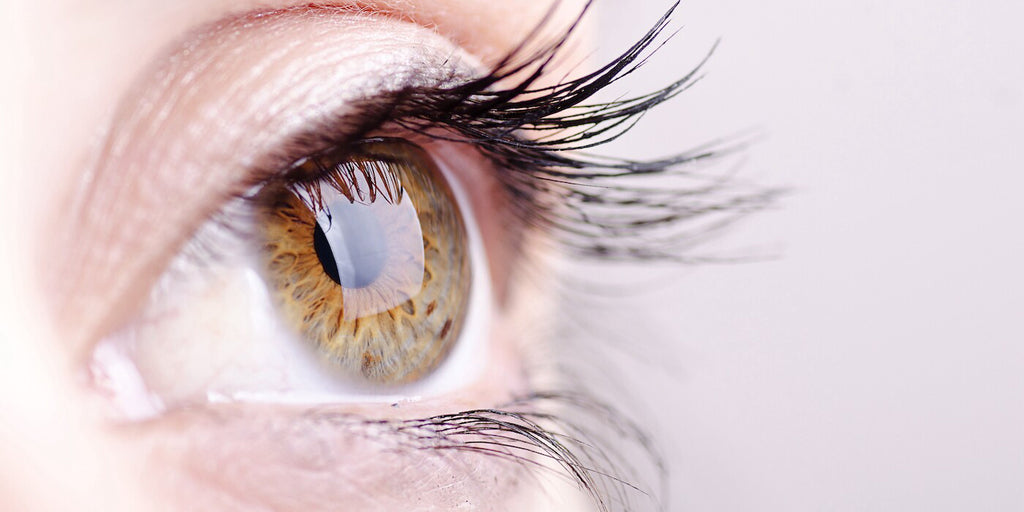
FAQs on Latest Advances in Dry Eye Treatment
What are the latest treatments for dry eye syndrome?
The latest treatments include FDA-approved medications like perfluorohexyloctane ophthalmic solution and lotilaner ophthalmic solution for specific conditions related to dry eye, such as tear evaporation and Demodex blepharitis. Additionally, advanced procedural interventions and personalized care plans are becoming increasingly popular.
How do I know if I have dry eye syndrome?
Symptoms of dry eye syndrome include persistent dryness, irritation, a feeling of something in your eye, blurred vision, and discomfort in windy or dry conditions. A comprehensive eye exam by an eye care professional can provide an accurate diagnosis.
Can lifestyle changes really help manage dry eye?
Yes, lifestyle changes such as taking regular breaks during screen time, using humidifiers, practicing good eyelid hygiene, and wearing sunglasses outdoors can significantly alleviate symptoms of dry eye.
Are nutritional supplements effective for dry eye management?
Omega-3 fatty acids, found in fish, flaxseeds, and walnuts, as well as supplements like fish oil and flaxseed oil, have been shown to reduce ocular surface inflammation and improve symptoms of dry eye.
What role do environmental factors play in dry eye syndrome?
Environmental factors like dry, windy, or smoky conditions can exacerbate dry eye symptoms. Using humidifiers and protecting your eyes from harsh conditions can help mitigate these effects.
How have diagnostics for dry eye improved?
Advances in diagnostic tools, including imaging of the meibomian glands and comprehensive tear film analysis, have improved the accuracy of dry eye diagnosis, allowing for more customized and effective treatment plans.
Why is patient education important in managing dry eye?
Educating patients about dry eye syndrome, its triggers, and treatment adherence empowers them to actively participate in their care, leading to better management of the condition and improved quality of life.
Can dry eye syndrome be completely cured?
While there is no cure for dry eye syndrome, the condition can be effectively managed with the right combination of treatments, lifestyle adjustments, and ongoing care, significantly improving comfort and eye health.
How often should I follow up with my eye care professional?
Regular follow-ups are crucial to monitor the progress of your treatment and make adjustments as needed. The frequency of these visits will depend on the severity of your condition and the treatments being used.
Where can I get more information about dry eye treatments?
For more information, consult with an eye care professional at Look Optometry in Surrey, BC, or visit reputable medical websites and resources dedicated to eye health.
